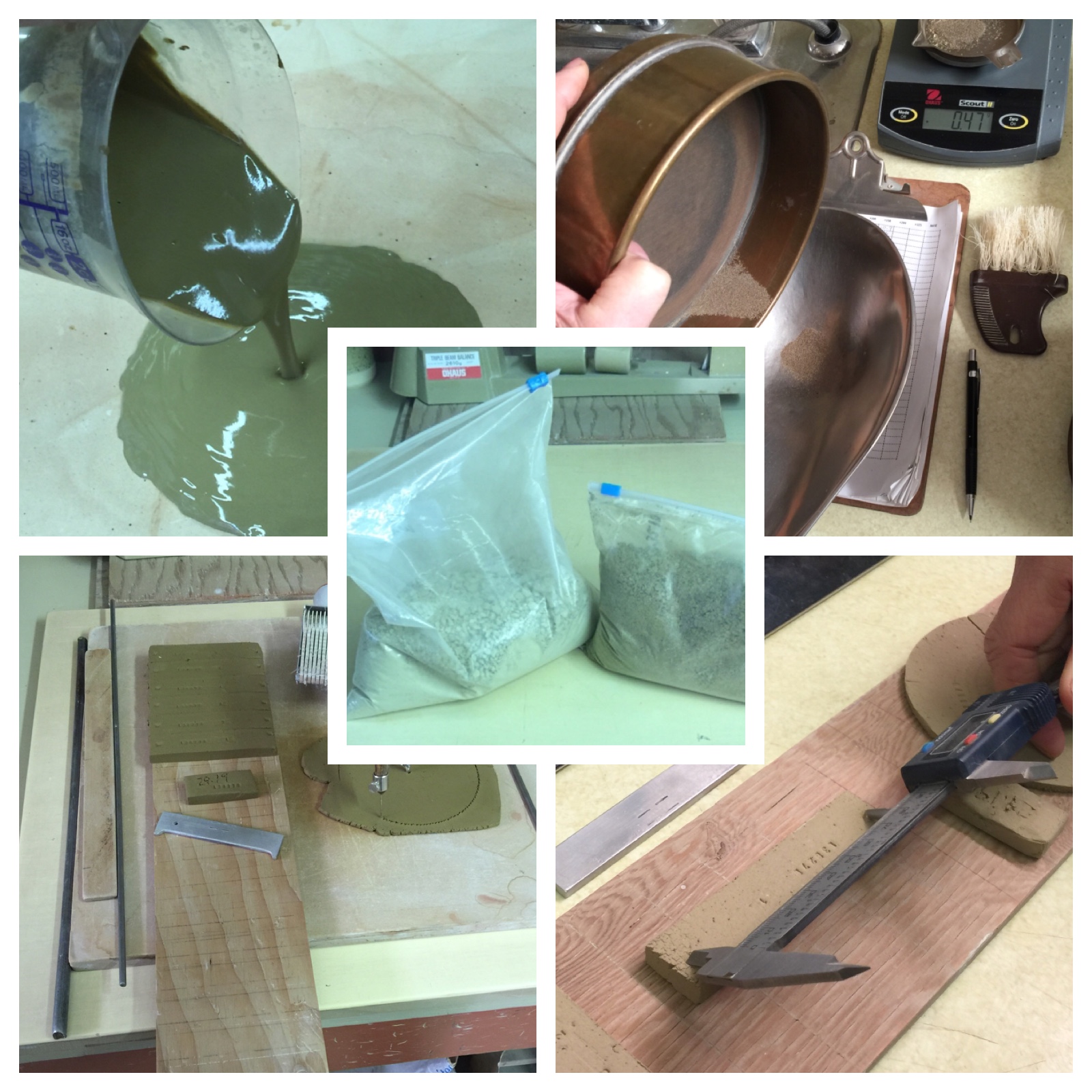Testing your own native clays is easier than you think
Some simple equipment is all you need. You can do practical tests to insight-live.com/glossary/299">characterize a local clay in your own studio or workshop (e.g. our SHAB test, DFAC test, SIEV test, LDW test). You need a gram scale (preferably accurate to 0.01g) and a set of callipers (check Amazon.com). Some metal sieves (search "Tyler Sieves" on Ebay). A stamp to mark samples with code and specimen numbers. A plaster table or slab. A propeller mixer. And, of course, a test kiln. And you need a place to put all the measurement data collected and learn from it (e.g. an account at insight-live.com).
Pages that reference this post in the Digitalfire Reference Library:
How to Find and Test Your Own Native Clays, DIY clay bodies via slurry mixing: Consider the advantages., Mother Nature's stoneware and glazes!, A must-have: Laboratory variable speed propeller mixer, Heavy duty mixer mounted on a steel pole, These are behind the art center. A dirty secret. Or an opportunity!, Niko Leung finding and testing clays in Hong Kong, Get a kitchen blender for mixing ceramic slurries, Case Study: Testing a Native Clay Using Insight-Live.com, Characterization, Clay body, Brick Making, Native Clay, Digitalfire Insight-Live, Physical Testing, Slurry Up

This post is one of thousands found in the Digitalfire Reference Database. Most are part of a timeline maintained by Tony Hansen. You can search that timeline on the home page of digitalfire.com.
